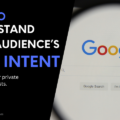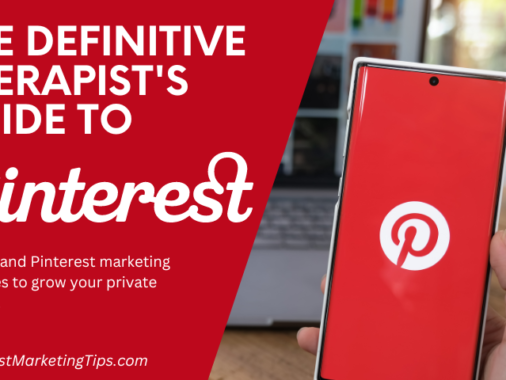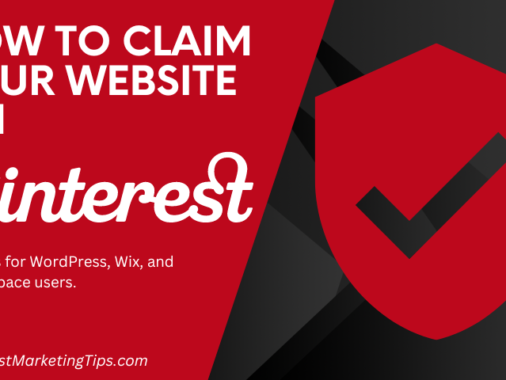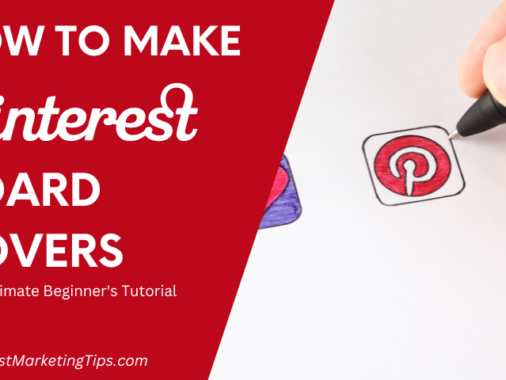In this guide, I’ll be discussing the recent changes to X, the platform formerly known as Twitter.
By doing so, my goal is to help you make an informed decision about whether the social media platform is worth your time and investment when it comes to marketing your private therapy practice.
After all, as a busy therapist, your time is limited.
You probably don’t have endless hours to spend promoting your practice.
So, when you do get a few precious moments to work on your marketing, it’s essential that you make them count and invest what little time you do have in producing the best possible results in terms of increased brand awareness and new leads.
Is Twitter / X the best tool for producing those results?
Is it worth spending time and effort creating content and engaging with others on the platform, or would it be better to focus your marketing efforts elsewhere?
I can’t answer that for you.
What I can do, however, is provide you with the following facts, thoughts, and recommendations to help you make that decision yourself.
Why is Twitter Now Called X?
The first thing you need to know about Twitter is that it no longer exists. At least not in the form most of us remember.
In October 2022, the popular social media site was bought out by billionaire Elon Musk, who set about implementing a number of key changes. This included a poorly-received rebranding exercise in which he changed the company from Twitter to X.
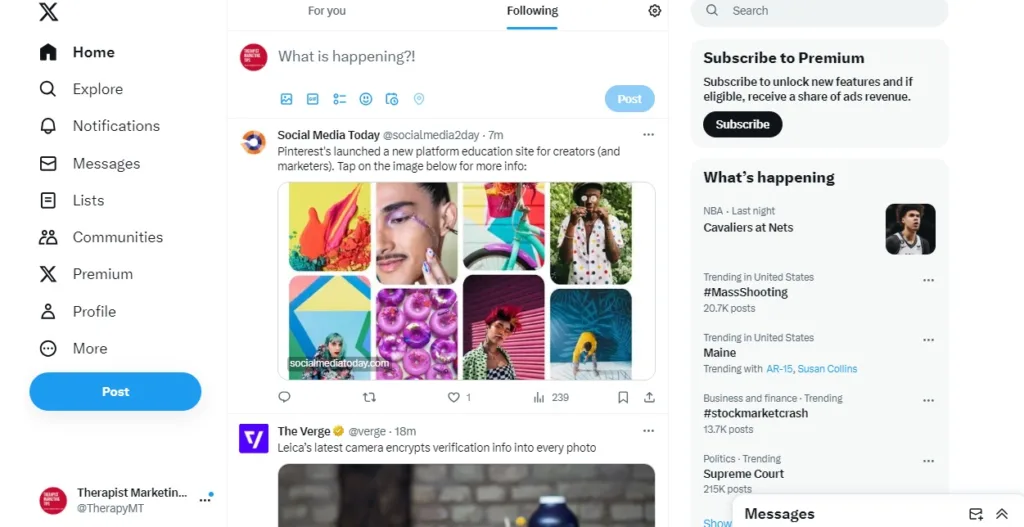
At first glance, the site looks the same as it always has, albeit with some minor yet noticeable changes, such as the new X logo in the top corner and a new CTA (Call to Action) encouraging users to sign up for X Premium.
Start diving into the platform, however, and you may notice that your experience with X is not the same as it was with Twitter.
What’s Changed With Twitter / X?
Beyond the logo, Musk and his team have implemented a number of key changes to X / Twitter, which are worth knowing about if you’re thinking about using the platform to market your therapy practice:
A. Anyone Can Be Verified
If you’ve ever used Twitter, you’ll no doubt be familiar with the blue checkmarks that appear next to the names of brands, celebrities, reporters, and other notable users.

Those icons were originally introduced after American baseball manager Tony La Russo sued the company due to a Twitter account impersonating him.
Although they were soon seen as something of a status symbol, the original goal the blue checkmarks was simply to verify that a user was who they said they were. This was an effort designed to clamp down on impersonator accounts and limit the spread of misinformation across Twitter.
Once Elon Musk took over, however, he revamped the whole verification system so that anyone -literally anyone at all- could get a blue checkmark next to their Twitter handle if they were willing to hand over $8 a month for X Premium.
Problems with the new system were immediately evident.
The number of people impersonating brands and public figures (including Musk himself) quickly increased, as did the spread of false information.
According to The Verge, X users with blue checkmarks are the main source of misinformation about the Israel-Hamas war on the platform.
As a therapist, what concerns me about this is that it makes it much easier for incorrect and potentially harmful mental health information to spread from malicious (or perhaps just misinformed) users disguised as reputable sources of information.
Of course, you could argue that this makes it all the more important for therapists to remain on X, “fighting the good fight” by countering the spread of misinformation by engaging with others and directing users toward credible sources.
However, I also imagine that it’s now going to be much tougher for therapists to establish credibility on the platform without leveraging an existing audience.
B. There’s Much More Hate Speech
Not long after his Twitter takeover, one of Elon Musk’s first acts of power was to reinstate the accounts of controversial figures who had previously been banned for sharing hateful and/or harmful content.
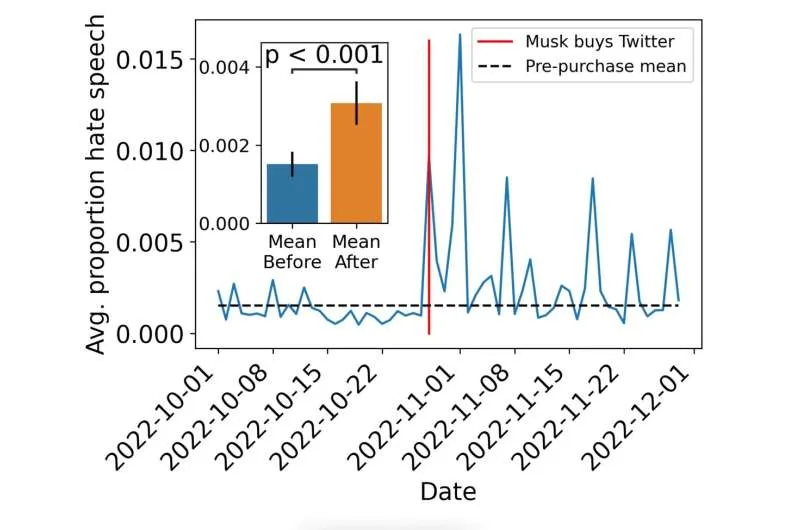
This included anti-LGBTQ+ posts, false COVID information, racism, neo-nazism, and other malicious content, all of which quickly and significantly increased on the platform under Musk’s leadership.
What’s more, The Center for Countering Digital Hate (CCDH) notes that X (then Twitter) failed to act on 99% of hateful content posted by those who paid for a blue checkmark.
In the center’s research, only one post reported to X as harmful was taken down, while all of the accounts posting such content were allowed to remain active.
How this influences your decision on whether to promote your therapy practice on X may depend on your mindset.
I can certainly see an argument for remaining on the platform in an effort to counterbalance hate with a message of empathy and understanding.
Some may also consider that the very individuals engaging in hate speech are the ones we need to be reaching the most.
That said, I’d counter-argue that any attempt to do so would only result in fighting a losing battle.
As heartless as this may sound, many of the people spreading hateful/harmful content on X are unlikely to be any higher than Stage 1 in Rogers’ Seven Stages of Process. This means they will not be very receptive to engaging with you, at least not in any way that has a positive impact on your business.
C. Paid Users Get All The Perks
A blue checkmark and apparent immunity from the consequences of spreading hate speech aren’t the only advantages available to X Premium users.
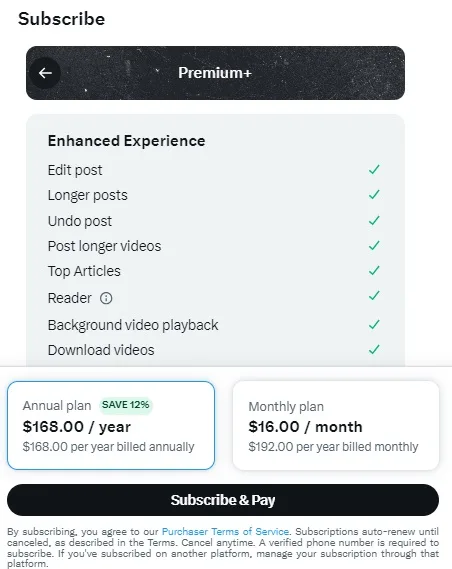
Subscribing also gets you the following key benefits:
- Longer posts up to 25,000 characters
- Longer video uploads up to 3 hours in length and 8 GB in file size
- Edit posts for up to one hour after publishing
- Replies to other posts featured more prominently than replies from non-paying users
- Two-factor authentication
- Encrypted direct messaging
- Create and host a community
- Monetize your content
- Fewer ads
- Customization options for your profile.
As Elon Musk continues to float the idea of locking the entire platform behind a paywall, some might consider whether handing over money to a company that serves as a breeding ground for hate speech is a good idea.
However, I think this particular change to the way X/Twitter works raises as many questions about marketing ROI (Return on Investment) as it does about ethics and morality.
There’s no denying that paying for X Premium is the best way to amplify your voice on the platform and reach a larger audience. The question is whether your particular target audience is active enough on the platform to justify making that investment, and I’d advise you to do your own research before making a decision that’s right for you.
3 Reasons Therapists Should Still Use X / Twitter
1. A Lot of People Still Use It
Every week, it seems I read yet another new report about X’s dwindling audience numbers, yet the fact remains that it’s still a very popular social media site.
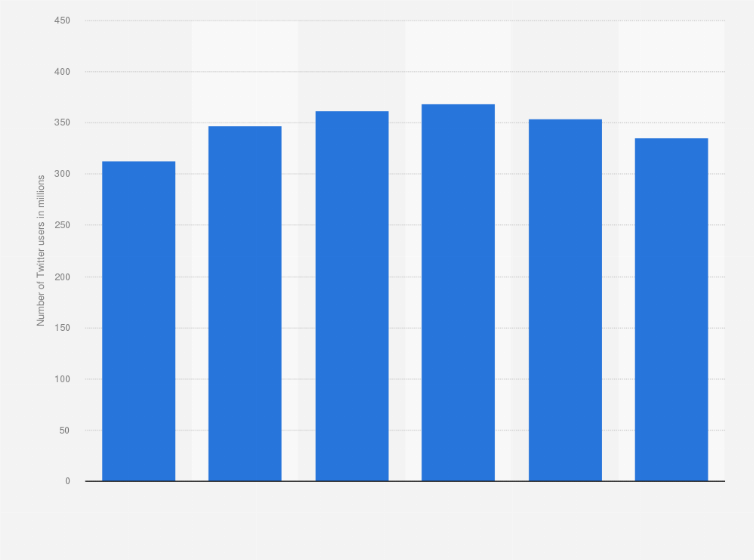
The latest data suggests X still has around 121 million daily users, while Statista credits X with 368 million active monthly users.
It’s worth noting here that although hateful content is spreading on the platform, it’s only coming from a percentage of users, not all of them.
In other words, there’s still a large number of people using the platform who may very well be part of your target audience. Engaging with that audience and sharing useful, reliable content could certainly make X a worthwhile addition to your therapist marketing toolkit.
2. It Could Be An Additional Source of Income
In mid-2023, X rolled out its Creator Program, which allows premium users to earn a percentage of the ad revenue generated by their content.
As an entrepreneurial therapist, the program could very well appeal as an ideal opportunity to expand and diversify your income streams.
In addition, you can also enable subscriptions, through which followers subscribe to unlock additional posts you lock behind a paywall.
Along with being a paid subscriber, you’ll also need to have at least 500 followers and 5 million organic impressions on posts within the last three months to be eligible for the creator program.
Of course, you could also create an Instagram account or YouTube channel and use their monetization features instead, but it’s worth noting that X’s creator monetization tools are at least an option for making money with your therapy practice’s social media content.
3. Connect With Other Professionals and Engage in Discussions
Among the 121 million people still using X every day, there’s a strong community of legitimate therapists, mental health professionals, and advocates sharing reliable and informed content.
This means that it’s still a good place to network with others, exchange information and ideas, and engage in conversations about mental health and the practice of therapy.
3 Reasons Not to Use X For Your Therapy Practice Marketing
1. An Increasingly Negative Reputation
It’s no secret that Twitter’s reputation has sunk dramatically under Musk’s leadership.
Between laying off most of the Twitter workforce and publicly promoting right-wing accounts known as sources of misinformation, the billionaire’s extensive string of dodgy decisions has been turning people away in their droves.
As a therapist, it’s worth considering whether some potential clients might perceive an active presence on X as an endorsement of a platform with a reputation for spreading hateful content
2. X is Less Useful as a Free Marketing Tool
Even if you ignore the lack of content promotion and the spread of harmful content, X is simply no longer the platform that Twitter once was.
By default, the app automatically loads on a “For You” feed, which is littered with ads and recommended users.
Pretty much the only way to get into this tab is by paying for a premium membership, which, as I mentioned earlier, is also the only way to unlock most of X’s most useful marketing tools.
That’s not to mention that links to other sources no longer contain a headline when posted to X, limiting its appeal and usefulness as a tool for driving traffic to your therapist’s website.
Again, you might decide that shelling out for X Premium is a worthwhile investment. Alternatively, when you take into account all the factors discussed in this guide, you may decide that your money is better spent elsewhere.
3. Audience Numbers Continue to Plummet
Estimates suggest that close to a million users deactivated their accounts within the first week of Musk’s ownership, while other reports note that the platform has since lost nearly 15 million active users.
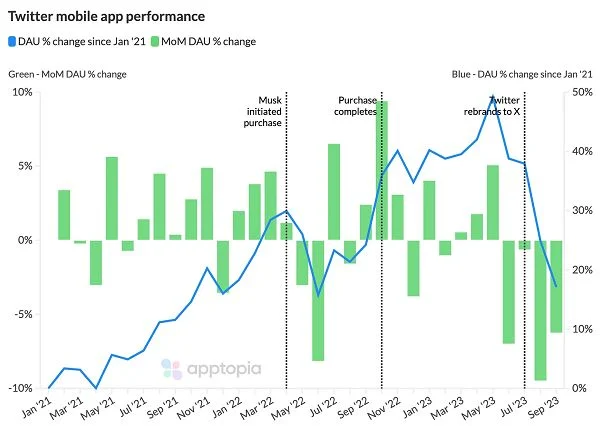
So, while it’s true that the social media app still has a large user base, it’s only getting smaller, and any future growth seems highly doubtful.
Again, this presents a question about ROI.
Do you invest time and effort in creating content for X and engaging with its remaining audience, knowing that all signs point to that audience continuing to shrink?
Or do you instead look to alternative platforms with a growing, or at least stable, audience?
Using X For Therapy Marketing: My Personal Stance
As much as I initially wanted to remain unbiased while writing this article, I think I’ve made it fairly clear where I stand on X’s use as a therapy practice marketing tool.
Sure, the platform still has over 200 million active users, but reaching those users is becoming an increasingly difficult task for anyone who doesn’t pay for an X Premium account.
Personally, I’m not prepared to hand money over to a company that spreads misinformation and hateful content that goes against my personal and professional views.
As I noted earlier, there’s a risk that potential clients may be put off by a therapist who actively contributes to a platform where racism, misogyny, anti-LGBTQ+, and other negative messages are increasingly prevalent.
Even if that weren’t the case, watching the decline of Twitter / X over the past year has left me feeling very uncomfortable about supporting the platform in any way.
What’s more, with ever-declining user numbers, I just don’t want to invest in a sinking ship.
Still, if I were to play devil’s advocate, I can see how the tools and features offered by X Premium, especially the opportunity for content monetization, may well make it a worthwhile marketing tool for some therapists.
Going forward, I won’t be actively deleting my accounts. This is partly because I work in the digital marketing realm, and it’s helpful to know what’s going on, but it’s also mostly because I don’t want bad actors to be able to register my usernames and create fake accounts.
Finally, if you’re looking for an alternative way to promote your practice, check out my definitive guide to Pinterest marketing for therapists.


